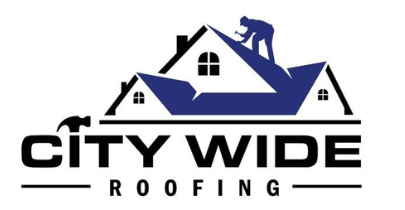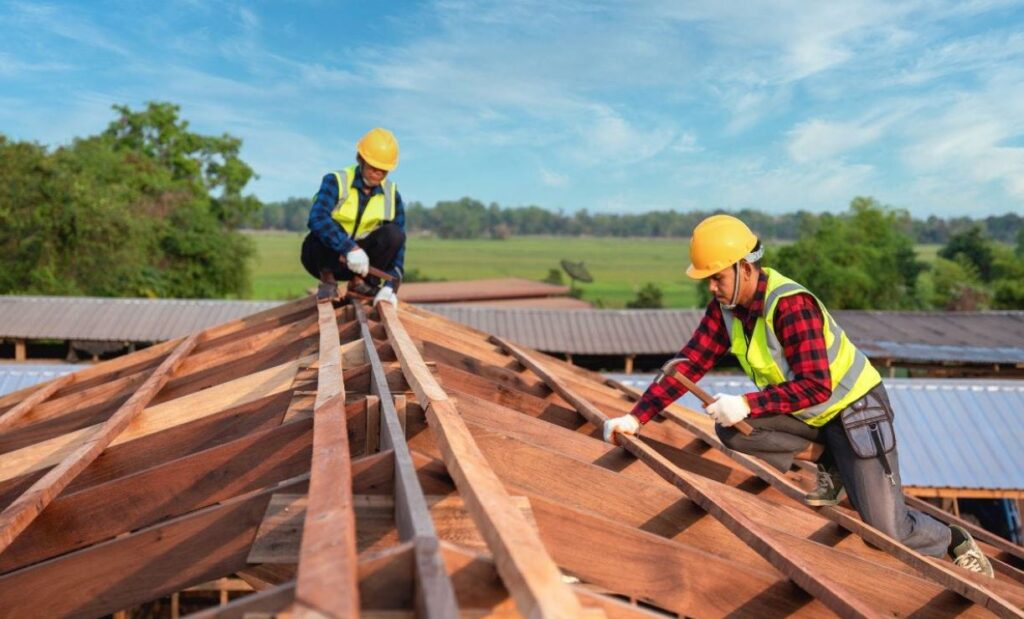The integrity and durability of a roof is a crucial aspect of the overall longevity of a building, yet it is often overlooked until significant damage has already occurred. As maintenance costs mount and the safety of occupants becomes jeopardized, the need for re-roofing becomes a pressing concern. Recognizing the signs of impending roof failure is an essential skill for homeowners and property managers alike.
This discussion aims to provide a detailed and informed overview of the signs indicating the need for re-roofing, as well as an evaluation of the various factors impacting a roof’s lifespan. By understanding these indicators, it is possible to anticipate potential issues and plan for necessary repairs or replacements, thereby ensuring the continued safety and value of the property.
However, the question remains: what are these signs and how can they be accurately identified?
Identifying Common Roof Deterioration Signs
To ensure the longevity of your roof, it is vital to recognize and understand the common signs of roof deterioration, which may serve as indicators that re-roofing is imminent. These signs typically include missing or damaged shingles, granules in gutters, sagging, leaks, and light penetration.
Missing or damaged shingles compromise the protective layer of your roof, exposing the underlying structure to adverse weather conditions. Granules in gutters are often a result of shingle degradation, indicating the need for roof replacement.
A sagging roof suggests structural issues that require immediate attention. Leaks or light penetration through the roof is a clear sign of its failing integrity.
Understanding these signs will help you proactively maintain your roof, ensuring its durability and functionality.
Evaluating Your Roof’s Lifespan
Assessing the lifespan of your roof is a crucial aspect of home maintenance, as it allows you to plan for potential repairs or replacement in a timely and cost-effective manner.
To evaluate your roof’s lifespan effectively:
1. Consider the Material: Roofing materials have different lifespans. For example, asphalt shingles typically last 20 years, while metal roofs can last up to 50 years.
2. Maintenance History: Regular maintenance can extend your roof’s life. A well-maintained roof can outlast its expected lifespan.
3. Climate and Weather Conditions: Harsh weather conditions can shorten your roof’s life. Hot summers, heavy snowfall, or strong winds may cause faster deterioration.
4. Visible Damage: Regular inspection helps identify signs of damage early. Unaddressed issues can significantly reduce lifespan.
Knowing these factors helps ensure the longevity of your roof.


